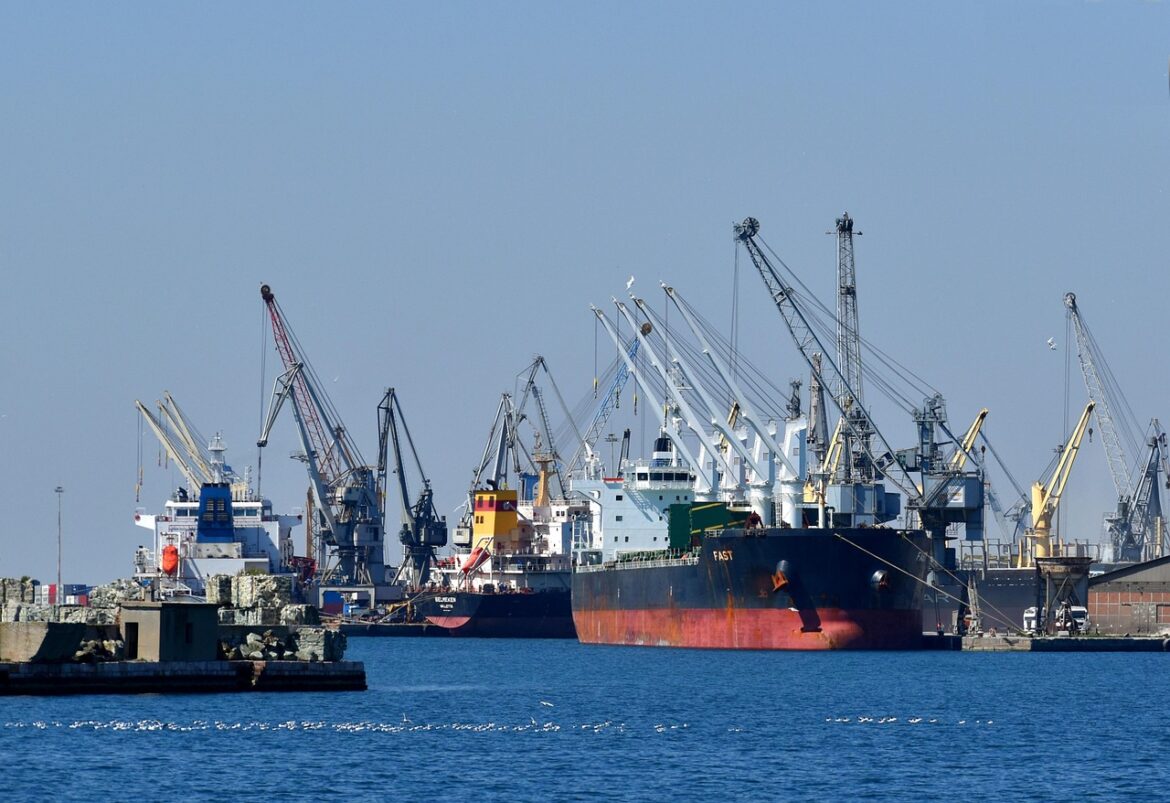Imagine your favorite running shoes suddenly costing 15% more this summer—not because of fancy new tech, but due to geopolitical trade moves. That’s the reality hitting the $120-billion U.S. sporting goods industry as tariff hikes loom large, testing companies’ abilities to keep prices stable while protecting profits[1][3]. Here’s how supply chain dramas are unfolding across the sector:
1. Tariffs: The Elephant in the Warehouse Sporting goods execs are calling impending tariffs their top concern[1], and Escalade’s Q1 2025 report shows why: the wave is already denting margins on imported goods like tennis rackets and gym equipment[3]. With most athletic wear and gear manufactured overseas, brands face a double whammy—higher costs and potential inventory pileups if consumers balk at pricier products. Inventory levels, recently called “comfortable” by 47% of industry leaders[1], could swing back to chaos.
2. Big 5’s Tightrope Walk Big 5 Sporting Goods exemplifies the sector’s balancing act, targeting a “low single-digit sales decline” for Q2 2025 amid economic headwinds[4]. Their playbook? Doubling down on cost controls while enhancing the customer experience. Think loyalty programs and staffing adjustments—strategies that work until tariffs make inventory replenishment prohibitively expensive[4].
3. DRYWORLD’s Global Gambit Meanwhile, performance brand DRYWORLD is going nuclear on supply chain overhauls. Their new partnership with Dubai-based G3 Management aims to establish regional hubs in Europe, Asia, and the UAE[5]. Warren Hand, DRYWORLD’s VP of Partnerships, says this “optimizes supply chains for scalability”—corporate speak for avoiding single-region bottlenecks[5].
4. The $48.6 Billion Apparel Puzzle North America’s athletic wear market, projected to hit $48.6B by 2033[2], faces raw material volatility. Polyester prices fluctuated wildly in 2024, and sustainable fabrics remain costly—a headache for eco-conscious brands trying to avoid passing costs to consumers[2].
5. Tech to the Rescue? Last-mile delivery accounts for over 50% of logistics costs[7], pushing firms toward drones and autonomous vehicles. While regulatory hurdles persist[7], companies like Amazon are proving these tools can reduce delivery times and costs—a potential lifeline as tariffs squeeze margins elsewhere.
References:
- https://athletechnews.com/tariff-cloud-darkens-u-s-sporting%E2%80%91goods-industry/
- https://www.globenewswire.com/news-release/2025/05/02/3073246/0/en/North-America-s-Athletic-Wear-Market-Worth-48-6-Billion-by-2033-Industry-Analysis-Trends-Opportunities-and-Competitive-Intelligence.html
- https://www.prnewswire.com/news-releases/escalade-reports-first-quarter-2025-results-302445307.html
- https://www.marketresearchforecast.com/news/article/big-5-sporting-goods-q2-2025-outlook-navigating-economic-headwinds-23290
- https://www.globenewswire.com/news-release/2025/05/05/3074050/0/en/DRYWORLD-and-G3-Management-Announce-Strategic-Global-Partnership-to-Drive-Growth-in-Sports-Apparel-Market.html
- https://www.globenewswire.com/news-release/2025/05/02/3073246/28124/en/North-America-s-Athletic-Wear-Market-Worth-48-6-Billion-by-2033-Industry-Analysis-Trends-Opportunities-and-Competitive-Intelligence.html
- https://packagex.io/blog
- https://sgbonline.com/exec-sfia-survey-shows-sports-industry-delivered-healthy-profits-in-2024-tariffs-concerning/



